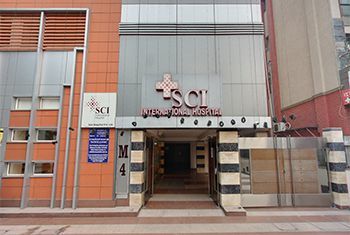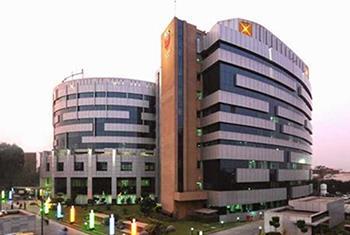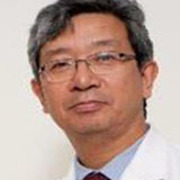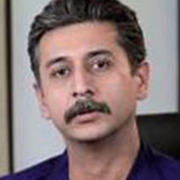The surgical techniques used in the brain tumor treatment:
Depending on the requirement, availability of equipment and surgeon’s skills, different types of surgical instruments and techniques can be used to perform brain tumor surgery.
Stereotactic surgery: Stereotaxy is the use of computers and software systems to create a three-dimensional image. This technique provides precise and detailed information about the location, size and structure of a tumor along with its position relative to the other parts of the brain.
The neurosurgeons use stereotaxy to map out the parts of brain and tumor bedore the surgery. This enables the neurosurgeons to plan the operation as well as rehearse or practice prior the procedure. The technique is also used by radiation specialist to plan the delivery of radiation therapy.
Stereotactic surgical techniques can be used for biopsies, resect tumors, implant radiation pellets or other treatments locally. It can be performed with or without a frame. The frameless stereotaxy technique provides a navigational system to the surgeon during the procedure.
The benefits of Stereotaxy techniques include
- Reaching the tumors that are located deep within the brain, such as in the brain stem or thalamus.
- Help limit the extent of surgery. The stereotactic systems can project real-time images of the brain structure while the surgery is being performed.
- The three-dimensional images allow the surgeon to precisely use scalpel for cutting, the laser beam for vaporization, insert the needle for biopsy, or the suction device for aspiration.
Embolization: This method is aimed at blocking the blood supply to a tumor by cutting off the flow of blood in selected arteries. It is performed prior to surgery. Whether an embolization procedure is necessary or not is determined on the basis of results from an arteriography, an X-ray taken after injecting radiolabeled dye into the circulatory system.
This test helps doctor determine if and which blood vessel may need to be blocked. Surgery is performed soon after it to avoid re-growth of blood vessels. Embolization technique might be used for vascular brain tumors such as meningiomas, meningeal hemangiopericytomas, and glomus jugulare tumors.
Endoscopy: This involves use of a long, narrow, flexible tube with light and camera at one end, called Endoscope, which is inserted through the surgical incision. This instrument provides light and visual access to the surgeon during the operation.
The advantage of this instrument is that it requires relatively small openings, sometimes called keyhole approaches. The neuroendoscope is particularly used for surgery to correct a malfunctioning shunt, remove scar tissue that is blocking a shunt, or remove intra-ventricular tumors. Endoscope can also be used for removal of brain cysts.
Laser surgery: The laser beams can be used during brain tumor surgery to destroy the tumor cells with heat. It may be used in along with, or in place of, a scalpel. Laser instruments can generate immense heat and focused at close range. The heat energy destroys the tumor cells by vaporizing them.
Stereotactic techniques with advanced software systems can be used to direct the laser. Lasers are mainly used in the treatment of deep-seated tumors within the brain, have invaded the skull base, for hard tumors that cannot be removed using suction method, or with tumors that may break apart easily.
Photodynamic laser surgery: This therapy combines the use of laser surgery and a drug that increases the tissue’s sensitivity to light. Before the surgery, the doctors will inject photosensitizing drug into a vein or artery. The dye travels to the tumor through the circulatory system and accumulate within the tumor cells.
During the operation, the tumor cells will appear fluorescent due to the dye and the surgeon can aim a laser precisely at the tumor cells to activate the drug. This activated form the drug is lethal to the tumor cells. However, it is considered a local form of therapy as some parts of the tumor may not be exposed to the light.
Also, there is a risk of swelling in the brain if tumor is near the brain stem and therefore, such brain tumors cannot be treated with this technique.
Ultrasonic aspiration: This method involves the use of ultrasonic sound waves to break or fragment the tumor into small pieces, which can then be aspirated/suctioned out using a device.
The advantage of this technique is that it causes fewer disturbances to the nearby cells or tissue in comparison to other suction devices. It also causes less heating and destruction of normal tissue. This technique is particularly useful for treatment of tumors that are difficult to remove using cautery and suction due to their firmness and location.













